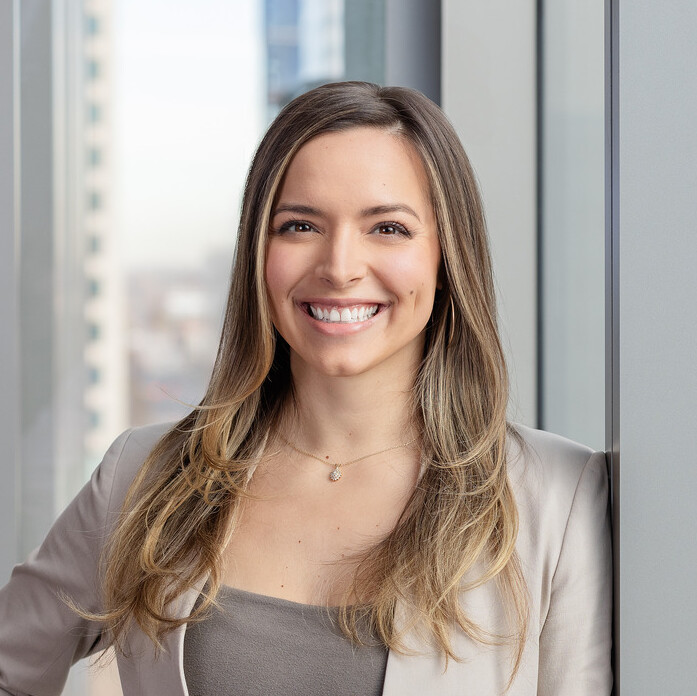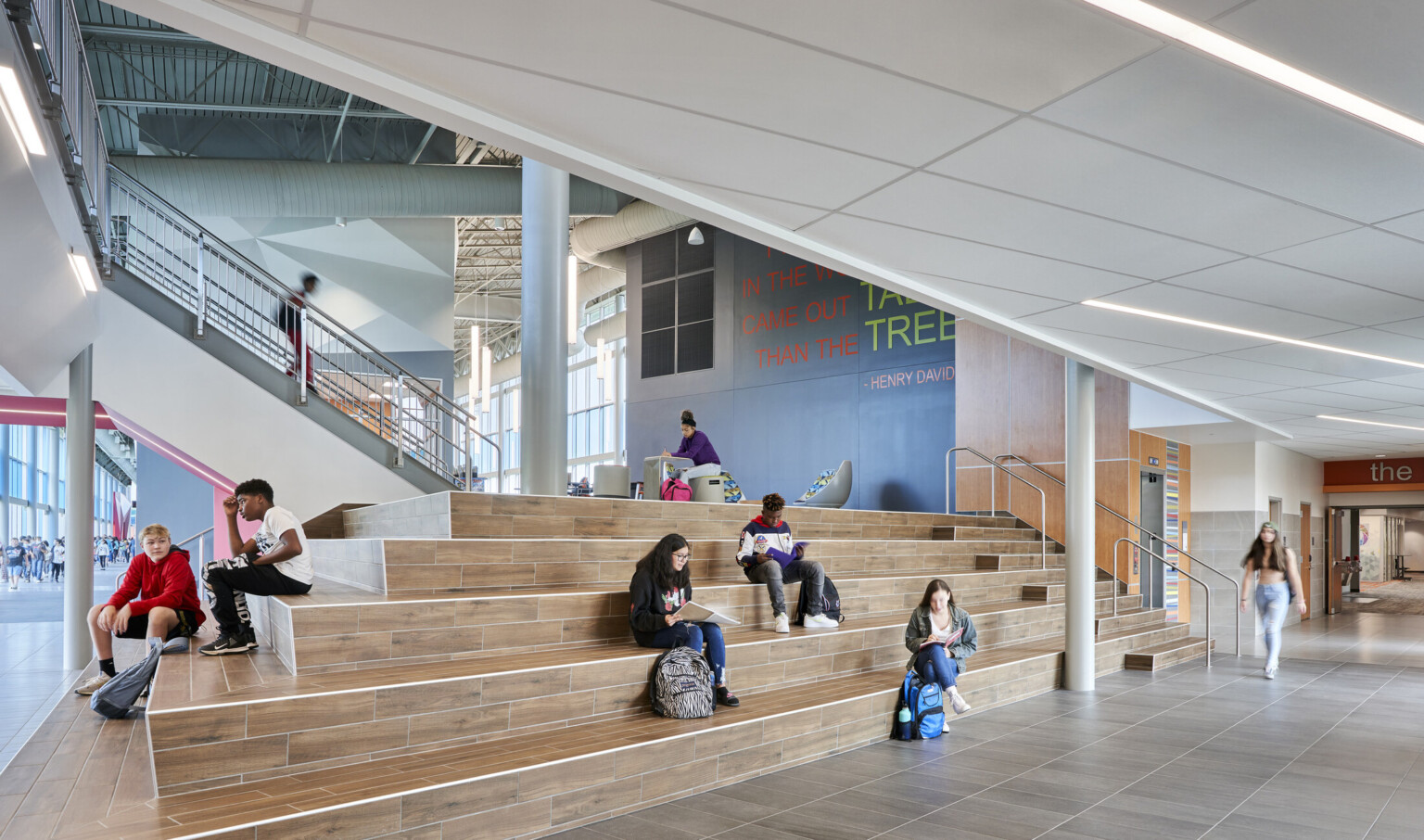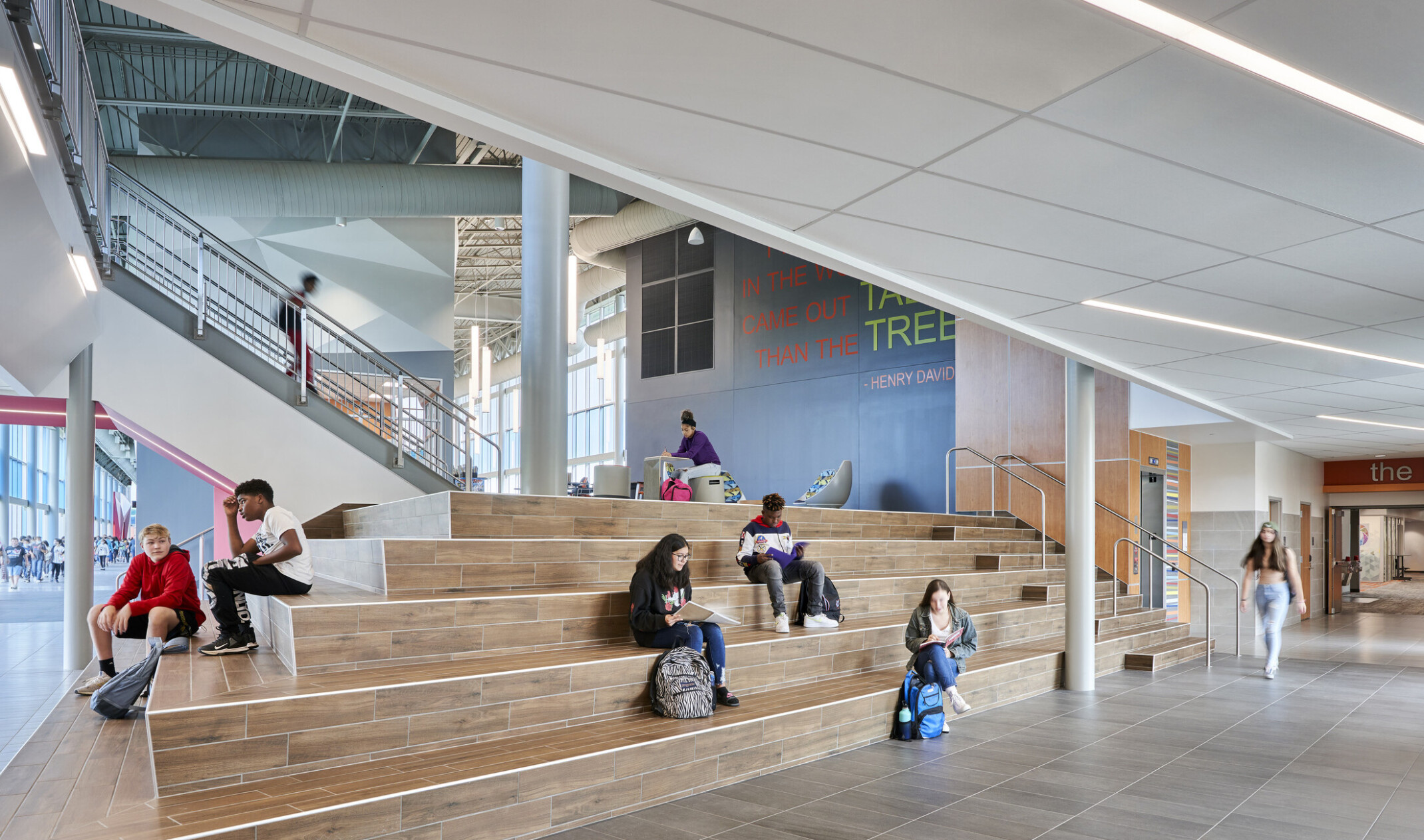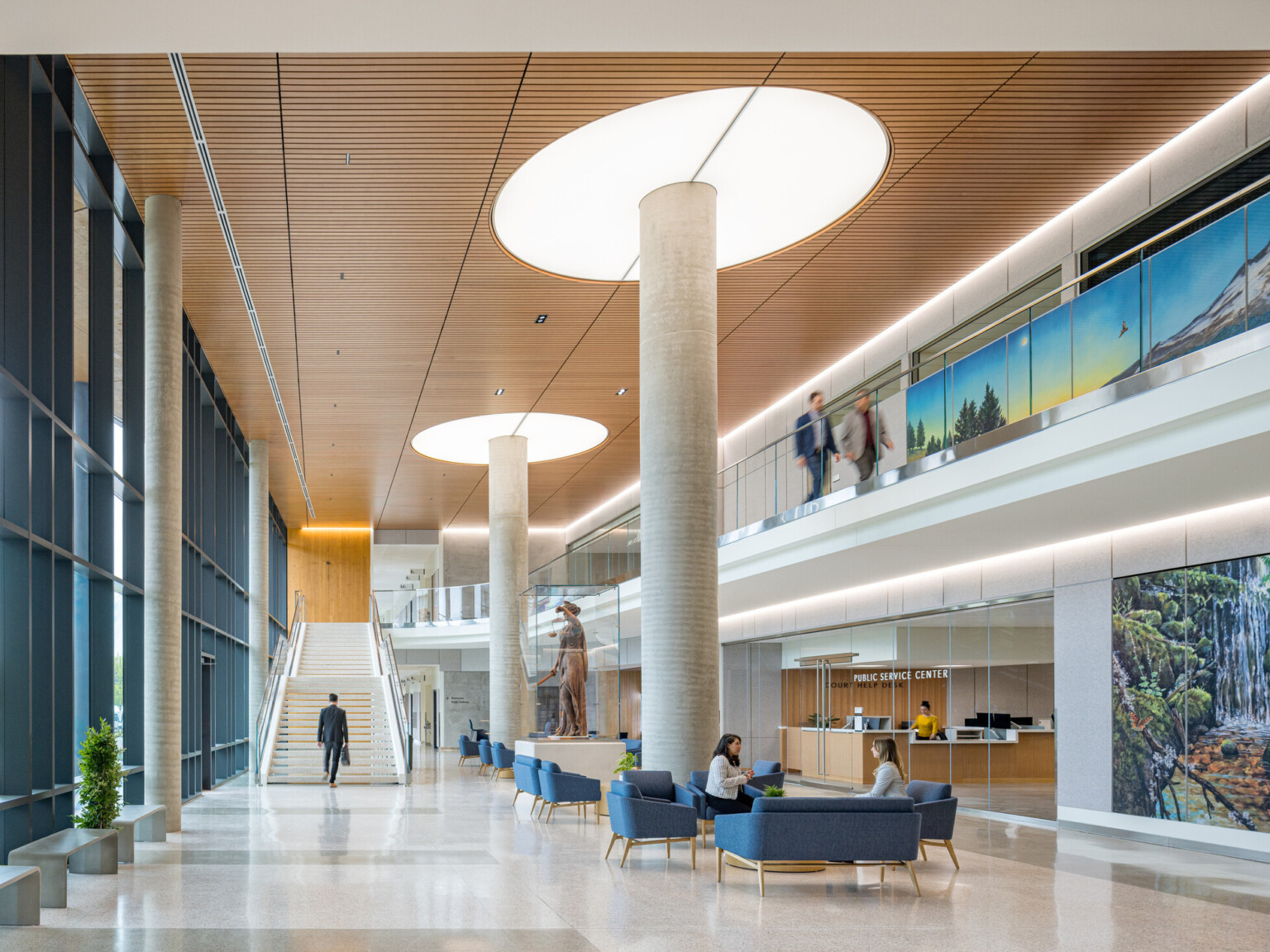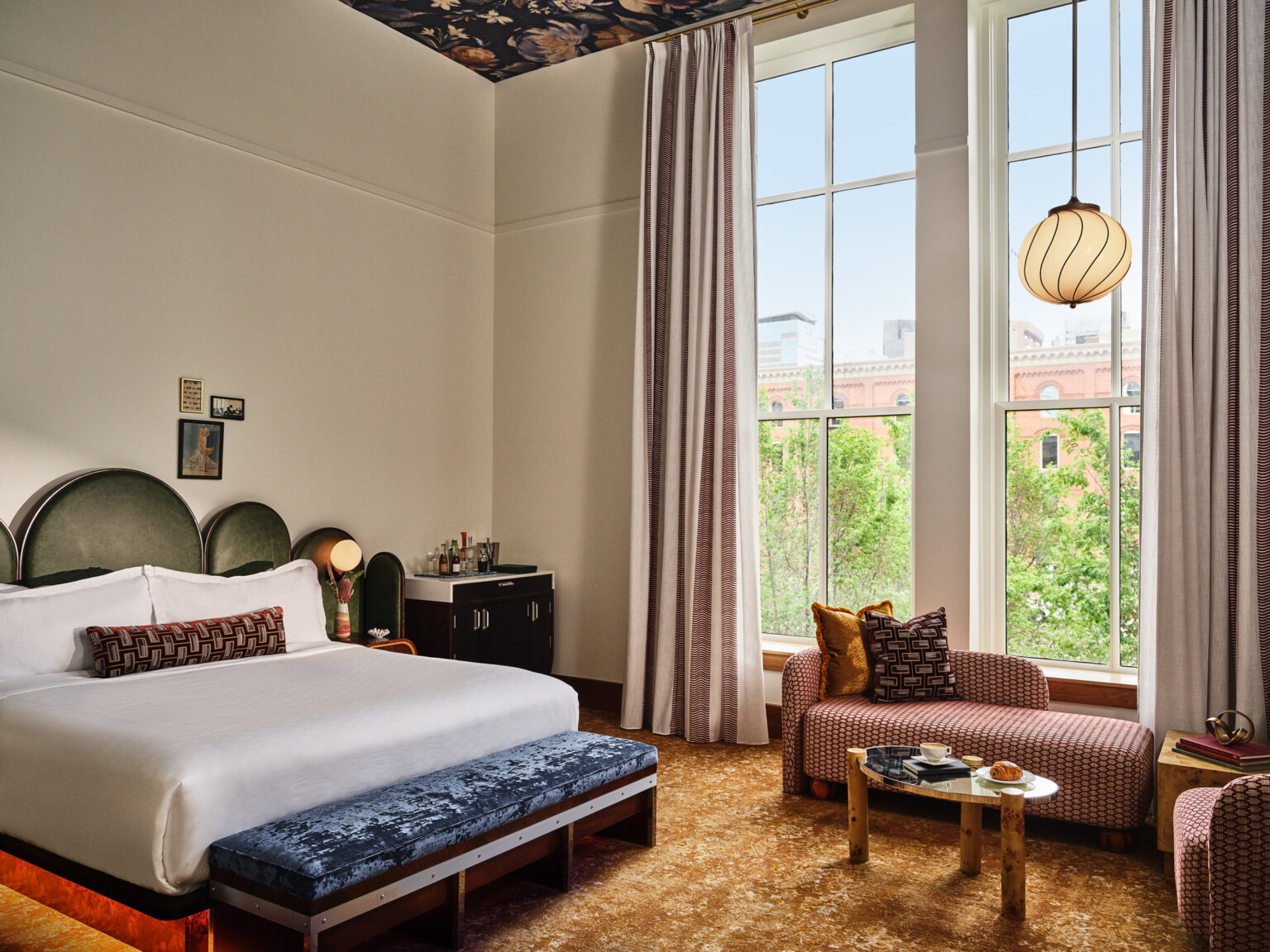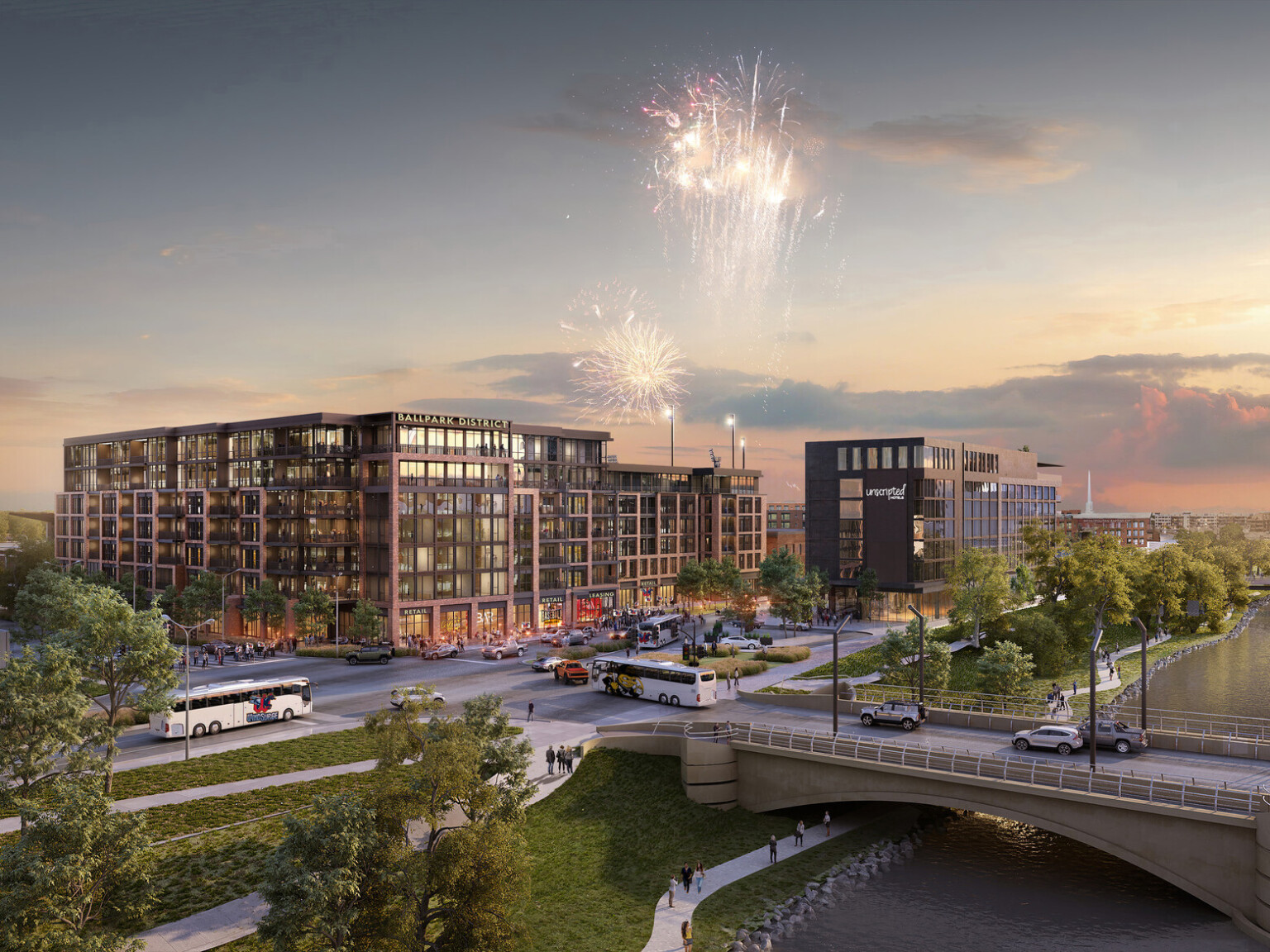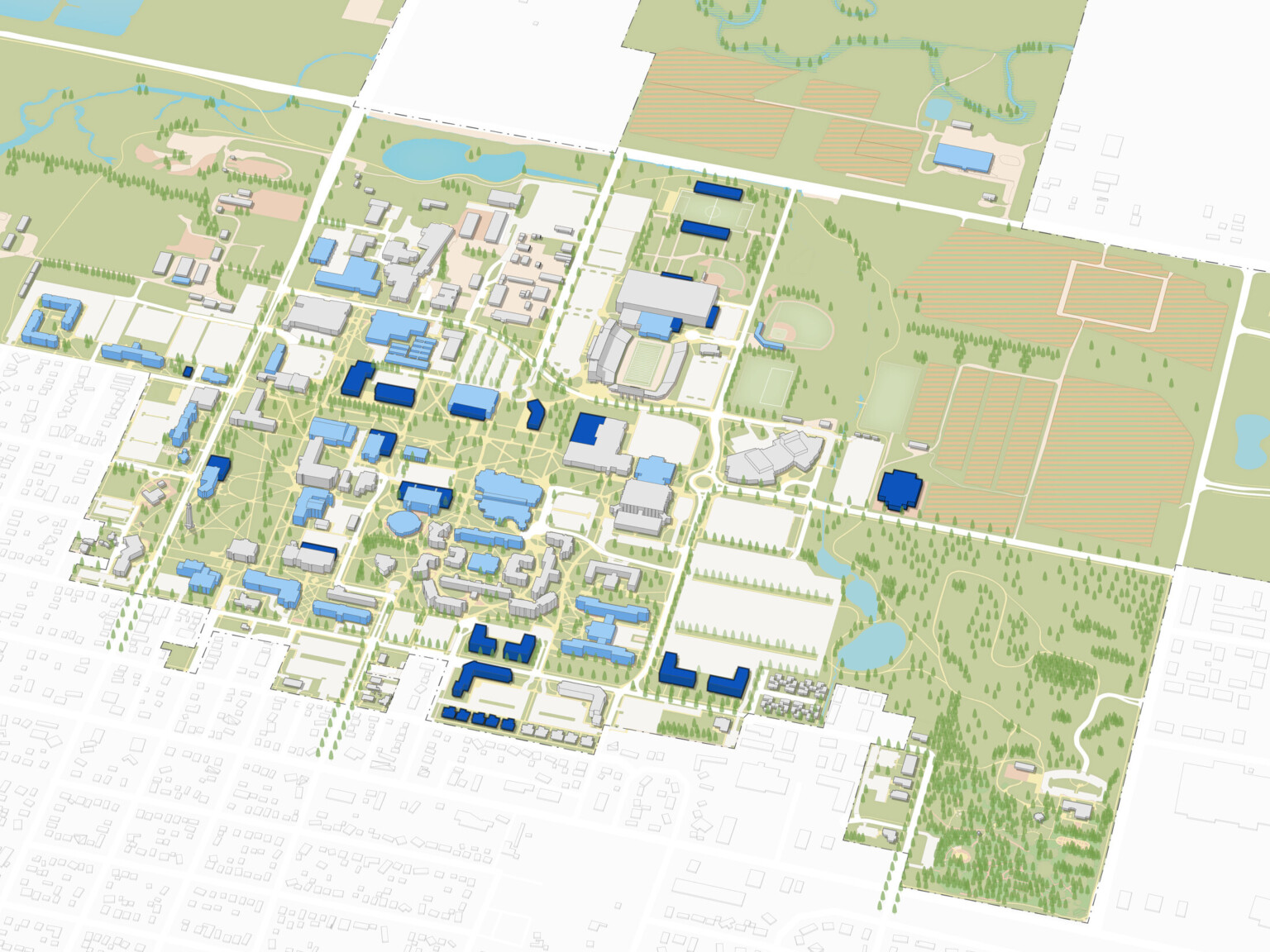
Designing for an Unknown Future: Lessons from Designers, Researchers, and Educators
Building Evidence Through Global Collaboration
The ILE+SE summit initiative invites researchers from around the world to share how they collect and use data about learning environments. Spanning three summits on three continents, 17 research groups from 12 countries have contributed short presentations describing what they consider meaningful evidence, how they gather it, and what they hope to study next.
In Dallas, that global conversation took on a regional focus. The summit featured five keynote talks and nine short research profiles from teams across North and South America. Speakers represented a mix of disciplines and experiences, from design practitioners to district leaders to university researchers.
Principal and K-12 Education Leader Jason Lembke, AIA, NCARB, and Principal and National K-12 Education Interiors Leader Stacy Roth, NCIDQ, LEED AP, presented a keynote reflecting that designers connect today’s realities with tomorrow’s possibilities, calling for trust, time, and evidence to shape the next generation of schools. Principal and Educational Learning Designer Dr. Marilyn Denison, joined by Dr. Fred Rhodes, superintendent of Putnam City Schools, shared a client perspective on connecting educational vision with the built environment. I shared how students’ diverse behavioral needs can inform future design approaches.
Dr. Denison and the BOLD team also shared how they guide teachers and administrators through the journey of navigating and activating new learning environments, highlighting change management strategies that maximize the potential of these spaces for both teacher effectiveness and student success.
The day concluded with a video message from renowned learning environments researcher Dr. John Hattie, who reminded participants that the effort to link evidence and design is ongoing and essential.
Designing for Change
One recurring theme in Dallas was the long lifespan and resiliency of school buildings. As Stacy shared, “We’re designing buildings today that will still be functioning in the year 2100.” That statement reframes design as an act of preparation. Learning environments must remain flexible enough to support needs that educators cannot yet anticipate.
Static classrooms no longer fit the way students interact with knowledge. Participants discussed how physical space can either invite participation or limit it. The design of future schools must allow learners to move, connect, and experiment. Spaces that can shift easily between activities will help sustain engagement and purpose long after today’s curricula evolve.
Preparing Designers and Educators Together
The summit also raised a practical question: how do we equip professionals for challenges that are still emerging? Speakers reflected on the need for designers to understand educational theory, and for educators to recognize how spatial choices influence outcomes. We also noted that stronger communication between designers and educators can help close the gap between what research shows and what practice allows. The evidence exists, but its reach remains uneven.
Mary Filardo, executive director of the 21st Century School Fund and summit attendee, captured the point perfectly: “A great teacher can teach anywhere, but that doesn’t mean they should have to.” She added that teaching in a poorly designed space is like playing a piano with missing keys – an impressive effort, yet constrained by the instrument.
Educators agreed that proper training was often a barrier to achieving design intent. Innovative classrooms require changes to lesson delivery, and collaborative teaching spaces require new workflows, though teachers are often not trained in their new learning environments. Services we provide through BOLD seeks to address this gap, offering change management for educators and administrators in their new spaces.
From Research to Application
Many of our conversations returned to the question of evidence, debating what counts as meaningful proof that space influences learning, and how to translate that information into action. The mix of perspectives, from classroom teachers to design leadership and academic researchers, created a sense of shared purpose. The atmosphere was hopeful. Attendees left discussing future collaborations, additional studies, and ways to share data across borders.
Looking Ahead
The ILE+SE summits are building more than a collection of studies; they are building a shared language between those who design learning spaces and those who use them. Each gathering adds a layer of insight to the question of how the environment and education intersect and drives a global movement to create learning spaces that inspire, empower, and transform the future of education.
As participants reflected at the close of the Dallas event, the future of education may remain unpredictable, yet collaboration ensures progress continues. In the words of my colleague Jason, “The best is yet to come.”
